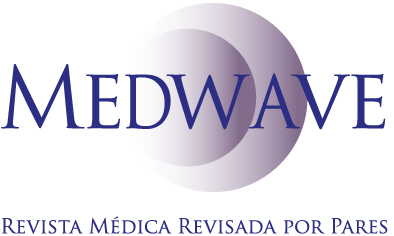Estudios originales
Published on 12 de junio de 2025 | http://doi.org/10.5867/medwave.2025.05.2993
Limitations to institutional delivery among Ashaninka mothers of the Peruvian Amazon
Back to article
Patients' experiences during institutional childbirth (n = 57).
| The healthcare facility has young healthcare personnel, such as practitioners/serumists, whom I consider inexperienced. | No | 43 | 75.4 |
| Yes | 14 | 24.6 | |
| Healthcare personnel do not speak the Ashaninka language, resulting in poor communication. | No | 49 | 87.5 |
| Yes | 7 | 12.5 | |
| You do not receive adequate explanations before medical procedures or treatment. | No | 12 | 21.1 |
| Yes | 45 | 78.9 | |
| Healthcare personnel persuade me or prohibit my customs. | No | 9 | 15.8 |
| Yes | 48 | 84.2 | |
| I have felt discriminated against. | No | 54 | 94.7 |
| Yes | 3 | 5.3 | |
| I consider vaginal touching to be a sign of violence. | No | 46 | 80.7 |
| Yes | 11 | 19.3 | |
| Fear of episiotomy. | No | 33 | 57.9 |
| Yes | 24 | 42.1 | |
| Refusal of perineal washing and/or shaving. | No | 54 | 94.7 |
| Yes | 3 | 5.3 | |
| Refusal of the horizontal position for childbirth. | No | 57 | 100.0 |
| Yes | 0 | 0.0 | |
| Falta de insumos para atención del parto. | No | 35 | 61.4 |
| Yes | 22 | 38.6 | |
| Obstetric violence: mistreatment during childbirth (shouting, pulling on the legs or hands, insults) | No | 51 | 89.5 |
| Yes | 6 | 10.5 | |
| The feeling of coldness and lack of warmth from the healthcare professional during childbirth. | No | 49 | 86.0 |
| Yes | 8 | 14.0 | |
| I had a complication during or after childbirth: postpartum hemorrhage, preeclampsia, infection, retained placenta, retained placental tissue, among others. | No | 54 | 94.7 |
| Yes | 3 | 5.3 | |
Source, Prepared by the authors based on study data.
